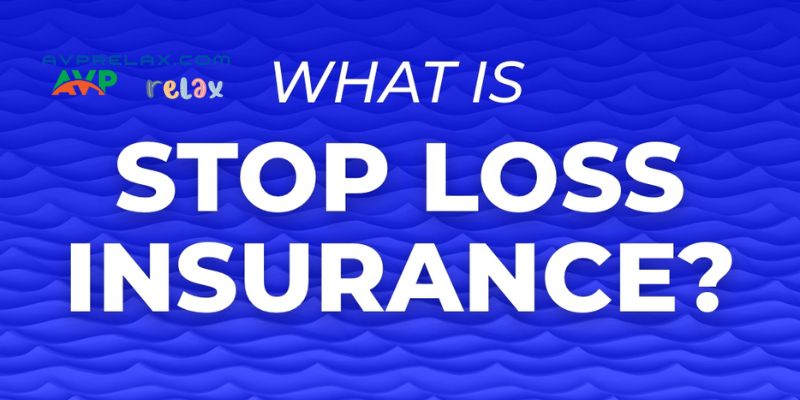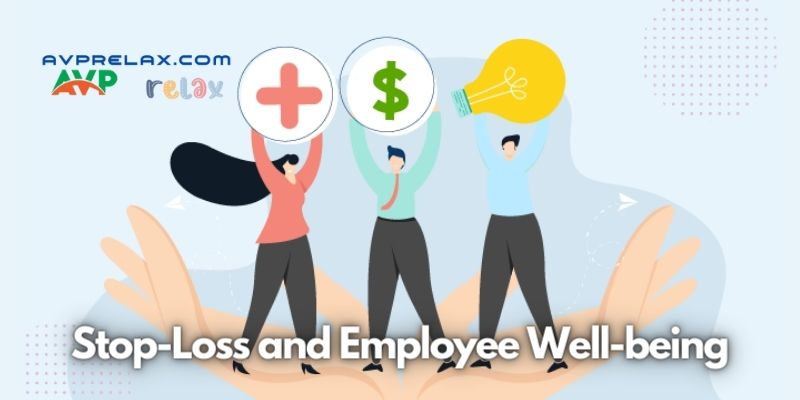Health insurance is a vital component of overall financial well-being, offering individuals and families the assurance that they can access necessary medical care without facing debilitating costs. For employers, navigating the complex landscape of healthcare expenses is a critical aspect of providing comprehensive benefits to their workforce. Within the realm of health insurance, the term “stop-loss” plays a pivotal role, safeguarding both individuals and employers from the potential financial fallout of catastrophic medical expenses. In this article, Avprelax delve into the intricacies of what is stop loss in health insurance means and how it serves as a crucial safety net in the ever-evolving world of healthcare.
What is Stop Loss in Health Insurance?
What is stop loss in health insurance? At its core, stop loss refers to a protective mechanism embedded in health insurance plans, particularly those associated with employer-sponsored coverage. It is most commonly associated with self-funded or self-insured health insurance plans, where the employer assumes the financial risk for providing healthcare benefits to its employees.

Individual (Specific) Stop-Loss
One facet of stop loss is the individual or specific stop-loss. In this context, “individual” doesn’t refer to a single person but rather to the maximum amount the insurer or employer is willing to pay for the medical expenses of an individual covered under the plan within a specific time period. This predetermined limit acts as a financial threshold, delineating the point at which the stop-loss coverage takes effect. Once an individual’s medical expenses surpass this limit, the stop-loss provision comes into play, relieving the employer or insurer of the responsibility for covering the excess amount.
Let’s consider a scenario where an employee covered by a self-funded health insurance plan faces a major medical event resulting in substantial healthcare costs. The individual stop-loss serves as a safety net, preventing the employer from shouldering the entire financial burden and offering a level of financial protection against unforeseen medical expenses.
Aggregate Stop-Loss
Complementing the individual stop-loss is the aggregate stop-loss. While the former focuses on the maximum amount for an individual, the latter sets a cap on the total amount of claims the insurer or employer will cover for the entire group of insured individuals over a specified period, often a year. Once the cumulative claims for the entire group reach this predetermined limit, the aggregate stop-loss coverage is triggered. This means that beyond this point, the employer is no longer financially responsible for covering additional claims for that specific period.

The aggregate stop-loss provides a collective shield against the unpredictability of healthcare costs. In a year where the overall health expenses for the entire group soar unexpectedly, the aggregate stop-loss ensures that the employer is safeguarded against the financial strain of escalating claims.
The Role of Stop-Loss in Financial Predictability
“What is stop loss in health insurance?” emphasizes the significance of this risk mitigation tool in ensuring financial predictability for employers offering self-funded health insurance plans. The individual and aggregate stop-loss provisions collectively contribute to a more stable financial framework, allowing employers to budget effectively for employee healthcare costs.
Without stop-loss protection, employers could face unanticipated financial challenges when a single catastrophic medical event or a surge in healthcare utilization within the employee group leads to skyrocketing claims. The stop-loss provisions act as guardrails, preventing these unforeseen circumstances from derailing the financial stability of the employer.
Moreover, the predictability afforded by stop-loss provisions enables employers to plan for the long term. By setting specific limits on both individual and aggregate claims, employers gain a clearer understanding of their maximum financial exposure in any given period. This clarity empowers them to make informed decisions about benefit design, budget allocation, and overall financial strategy.
Balancing Risk and Reward
Employers opt for self-funded health insurance plans with the understanding that they can potentially realize cost savings compared to traditional fully-insured plans. However, the decision to self-fund also means taking on a higher level of financial risk. Stop-loss provisions, including both individual and aggregate components, play a pivotal role in striking a balance between the potential cost savings and the need for financial protection.
“What is stop loss in health insurance?” we underscore the importance of this risk mitigation strategy. Employers embark on a delicate balancing act, seeking to provide comprehensive healthcare benefits to their employees while managing the inherent financial uncertainties associated with healthcare costs.
Stop-Loss and Employee Well-being
While stop-loss is fundamentally a risk management tool for employers, its indirect impact on employee well-being is substantial. The financial stability provided by stop-loss provisions ensures that employers can continue to offer robust health insurance coverage to their employees without the fear of excessive financial strain in the face of unforeseen medical expenses.
Employees benefit from knowing that their employer’s commitment to their health extends beyond routine medical expenses. In the event of a major health crisis, the stop-loss provisions offer a layer of security, preventing the employer from scaling back healthcare benefits due to unexpected financial burdens.

Addressing Concerns and Misconceptions
By asking, “What is stop loss in health insurance?” also allows us to address some common concerns and misconceptions surrounding this risk mitigation strategy. One misconception is that stop-loss provisions encourage a lack of cost-consciousness among employees. Critics argue that if individuals are aware of the stop-loss safety net, they might be less inclined to make cost-effective healthcare choices.
However, it’s important to note that stop-loss provisions are primarily designed to protect against catastrophic and unpredictable expenses. Routine medical care and preventive measures, which contribute significantly to overall health and well-being, should not be compromised. Employees are still encouraged to make informed and cost-conscious decisions regarding their healthcare.
Furthermore, the presence of stop-loss does not negate the financial responsibility of employees through deductibles, co-payments, or coinsurance. Individuals are still accountable for a portion of their healthcare expenses, fostering a sense of financial responsibility and awareness.
Conclusion
In conclusion, “What is stop loss in health insurance?” underscores the critical role of this risk mitigation strategy in the realm of employer-sponsored self-funded health insurance plans. The individual and aggregate stop-loss provisions serve as essential components, providing financial predictability, stability, and protection against catastrophic healthcare costs.
Employers, while seeking to realize cost savings through self-funding, navigate a complex landscape of financial risk. Stop-loss acts as a safeguard, ensuring that the commitment to employee well-being remains unwavering even in the face of unforeseen medical expenses. By understanding the intricacies of stop-loss, employers can strike a balance between risk and reward, ultimately fostering a healthier and more secure workforce.






